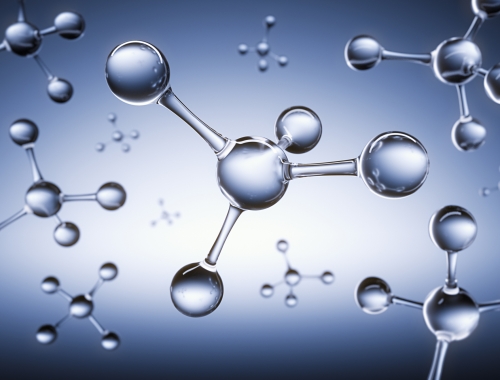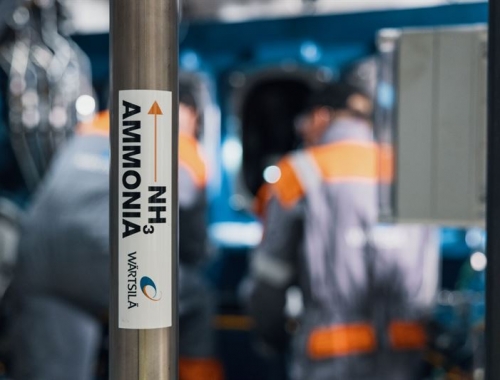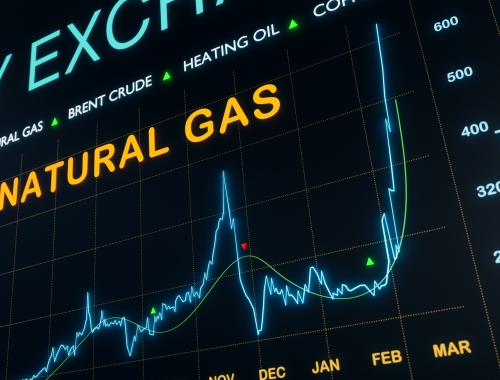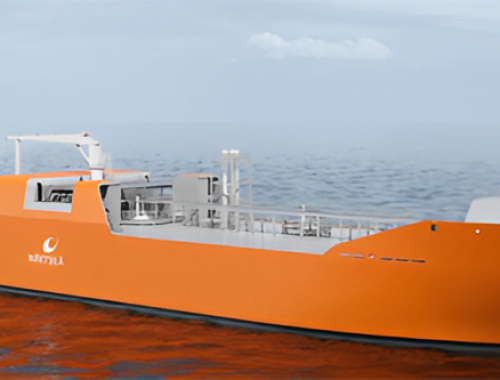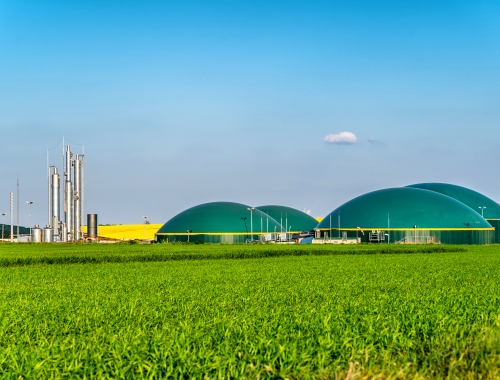A full solution set for methane emissions
SUMMARY
OGCI, comprising 12 of the world’s largest oil and gas producers, is striving to eliminate methane emissions from operated upstream assets by 2030.
By Joseph MurphyThe Oil and Gas Climate Initiative (OGCI) is working on a full set of solutions to tackle methane emissions from the hydrocarbon industry, viewing these emissions as a mission-critical issue in the fight against climate change, Julien Perez, vice president for energy and policy at the organisation, told NGW on the sidelines of the WGC2022 conference in Daegu, South Korea.
OGCI was set up in 2014 and now includes 12 of the world’s largest oil and gas producers including ExxonMobil, BP and Saudi Aramco. In 2016, it launched a $1bn+ fund, OGCI Climate Investments, to invest in technologies which could accelerate the shift to a lower carbon energy system. The fund, which received seed funding from the OGCI’s 12 member companies but operates largely independently from OGCI, invests in companies that are already at the demonstration phase.
The goal is to support them through to commercial deployment so the technologies can then be used by OGCI’s members and the broader industry.
“These are technologies that have been proved to be the most efficient,” Perez said. “Having a combination of 12 companies putting money together to scale up solutions that they can then deploy is a natural fit.”
In April this year, OGCI Climate Investments launched the OGCI China Climate Investment Fund with CNPC, an OGCI member, and Hainan Free Trade Zone Development Equity Investment Fund Partnership.
OGCI member companies committed in 2018 to reduce their upstream methane intensity to under 0.25% by 2025, and after surpassing this target, raised their ambition to well below 0.20% by the same year. Its members, which also include Chevron, CNPC, Eni, Equinor, Occidental, Petrobras, Repsol, Shell and TotalEnergies, aim to eliminate methane emissions from operated upstream assets by 2030. In March 2022, OGCI launched the Aiming for Zero Methane Initiative, calling the entire industry to take an all-in approach, with a no-tolerance mindset. The aim is to eliminate the oil and gas industry’s methane emissions as far as possible by 2030.
The technologies its fund invests in – covering detection, monitoring and elimination of emissions – may help deliver this ambition. Regarding detection and monitoring, Climate Investments portfolio includes GHGSat, a Quebec-based start-up that is looking to create a constellation of 10 small-sized satellites by 2023, that can link emissions directly to individual sources. On May 25 it announced it had launched three more satellites, bringing the total number in orbit to six.
Another investment is in California-based Kairos Aerospace, which uses aircraft mounted high-resolution infrared imaging to search for methane leaks, and has carried out these surveys for bp at US onshore basins. Others in the portfolio include SeekOps, which fits its lightweight SeekIR sensors on drones to detect leaks, and is working mostly in North America and Western Europe, and Andium, which provides remote-field monitoring and communications technology to continuously monitor flaring.
Perez said that to comprehensively monitor methane leaks from operations, companies would benefit from a full suite of detection solutions, including satellites, aircraft, drones and other techniques. He said these offer a full range of granularity, enabling operators to detect, measure and fix leaks.
Next comes the elimination of these emissions. OGCI Climate Investments is supporting Urbint, which employs technology to prevent threats to infrastructure that could result in methane release, F2V, which is working to reduce methane slip at flare sites. ClarkValve, meanwhile, is developing control valves that reduce fugitive emissions, Kelvin, which has smart control systems to cut emissions from equipment, and Qnergy, which uses instrument air solutions to displace emissions from pneumatic devices.
This feature first appeared in the World Gas Conference 2022 daily newspaper, produced by NGW.


